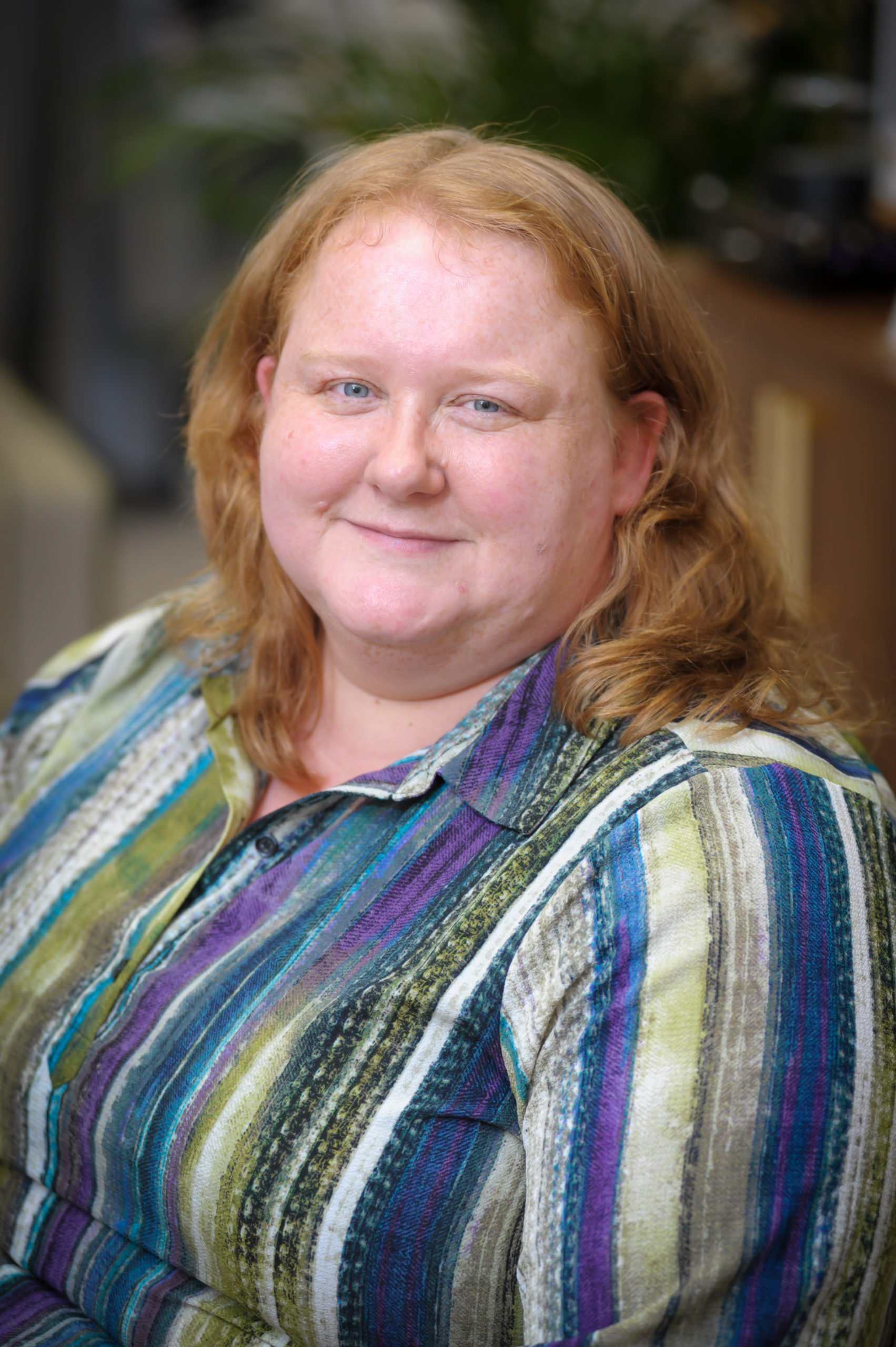Getting closer to the action: the researcher in residence

ENRICHEnabling Research in Care Homes
GUEST BLOG
Getting closer to the action: the researcher in residence
Isabelle Latham is researcher-in-residence at Hallmark Care Homes. She has 25 years experience working with the social care sector, beginning her career as a care worker and moving on to specialise in safeguarding and training frontline care staff. Previous to joining Hallmark Care Homes in 2022, Isabelle led care homes research and education for the Association for Dementia Studies at the University of Worcester for 10 years. She gained her PhD in dementia care in 2019, exploring how care workers learned to care for people living with dementia in care homes.
This blog describes the new role of “Researcher in Residence” created for Hallmark Care Homes. It was inspired by the successful CHARM research which showed that embedding academic researchers in care homes, working alongside staff and residents to develop their own ideas and projects could help improve research participation and outcomes.

At the start of the year, I began a new post with Hallmark Care Homes as their Researcher-in-Residence. It’s the first role of its kind in the care home sector and so it is a real privilege to be the person to take on the challenge!
What is a researcher-in-residence?
Researchers-in-residence are not a completely new idea, but until recently they were not well known within health and social care. They are roles where, instead of working within a university department, the researcher sits inside a non-academic organisation, embedded within the teams and day-to-day activities that they are researching. This has the advantage of helping the researcher to build close relationships and encourage full participation and co-creation of research by those who research affects the most. This ensures that research is useful, relevant and more likely to be implemented in practice because the people who are most affected are involved from the very start of the process.
At Hallmark, the researcher in residence has three main areas of work, with a particular focus on dementia care:
- To consult on and co-ordinate our organisation-wide research projects. This will ensure that we know what our residents, families and staff think should be priorities for research and make sure we utilise the experiences and skills within Hallmark to explore ideas and expand our understanding of how best to provide care.
- To communicate across the organisation about the latest research evidence and help to translate this into practical knowledge and resources that staff can use day to day to support Hallmark residents and families.
- To support each of our care homes to undertake their own Home Action Research Projects – where the care home community itself gets to identify, carry out and report on their own small research projects (with the help of the researcher in residence). These projects are about what is important to the home itself, helping each community to grow, individuals to develop new skills and to celebrate and share their good practice with other homes.
How did the role come about?
The idea for the Hallmark Researcher-in-Residence stemmed from the Alzheimer’s Society/Dunhill Medical Trust funded project: CHARM – Care Home Researcher-in-Residence Model, (for more information follow this link: CHARM – Association for Dementia Studies Blog (wordpress.com) . One of Hallmark’s care homes took part in this exploratory project, experiencing what it was like to have the support of a Researcher-in-Residence. It was a great success and Hallmark saw the potential for the role within their organisation supporting all their homes. However, when the funding for the CHARM project ended, the Researcher-in-Residence resource was no longer available.
Hallmark therefore developed a role description and organisational case for supporting their own internal Researcher-in-Residence. In particular, as independence is important for good quality research, they had to consider how to enable an internally-supported role to maintain the necessary autonomy and decided to link with an academic partner; the Association for Dementia Studies at the University of Worcester.
So, why did I want to be the Hallmark Researcher-in-Residence?
I was one of the researchers that was involved in CHARM. My passion has always been about enabling care homes to provide the best possible care for people living with dementia and their families and providing the best possible support for their staff. This passion started when I worked as a carer in care homes at the start of my career, and for the last ten years I have been leading research and education for care homes at the Association for Dementia Studies at the University of Worcester. The CHARM project was so exciting because it meant that research was focussed on what care homes themselves decided was important, not what we as researchers thought might be important! The CHARM approach also meant that research could adapt to the daily challenges that happen in busy care homes, which made it much more successful than many other approaches. I could work closely with staff, residents and families to show them that research does not have to be complicated and that they all have the ability to contribute. The opportunity to continue this work across a whole organisation was therefore not one I could ignore. I’m really excited to see what the organisation can achieve with my help and I hope we’ll be able to show other organisations that investing in this type of role is worthwhile.